Since the AI Agent narrative emerged in the crypto market last year, many have been speculating about the next AI hype point, and MCP, which has been widely discussed in the Web2 AI circle recently, is one of the directions worth focusing on.
The past pain point of AI in Web3 was that models could not seamlessly access blockchain world data, and blockchain applications also found it difficult to fully utilize AI capabilities. However, the emergence of the MCP (Model Context Protocol) open standard protocol provides an elegant solution to this problem.
Developed by Anthropic, the company behind the large language model Claude, MCP breaks through the long-standing "data island" dilemma that has troubled developers, creating new possibilities for deep integration of AI and blockchain. This article will explore how the MCP protocol operates in the Web3 world, which projects are currently exploring this field, and potential future development directions.

MCP: The 'Universal Plug' for Large Models
Before discussing the combination of MCP and Web3, we need to first understand what MCP is. Simply put, MCP is an open standard protocol that allows large language models (LLM) to seamlessly integrate with external data sources and tools. Using a relatable analogy, MCP is like a "universal plug" that allows AI models to connect to various services and systems.
In traditional AI application development, whenever developers need to connect an AI model to a new data source or tool, they must write specific code to achieve this connection. It's as cumbersome as having to solder a new plug every time you want to use a new electrical appliance. The emergence of MCP is like standardizing electrical plugs, allowing any AI model to access various services through this standard interface.
The technical architecture of MCP includes three main components:
- MCP Client: Usually an AI assistant or interface, such as Claude Desktop or Cursor editor.
- MCP Server: Provides specific functional services, such as querying data, executing transactions, or interacting with smart contracts.
- MCP Protocol: Defines the standard communication method between clients and servers.
This architecture gives MCP extremely high extensibility. An MCP client can connect to multiple MCP servers, and an MCP server can be used by multiple clients. For example, you can use Claude Desktop as an MCP client and, by installing different MCP servers, enable it to query blockchain data, send tokens, or even deploy smart contracts.
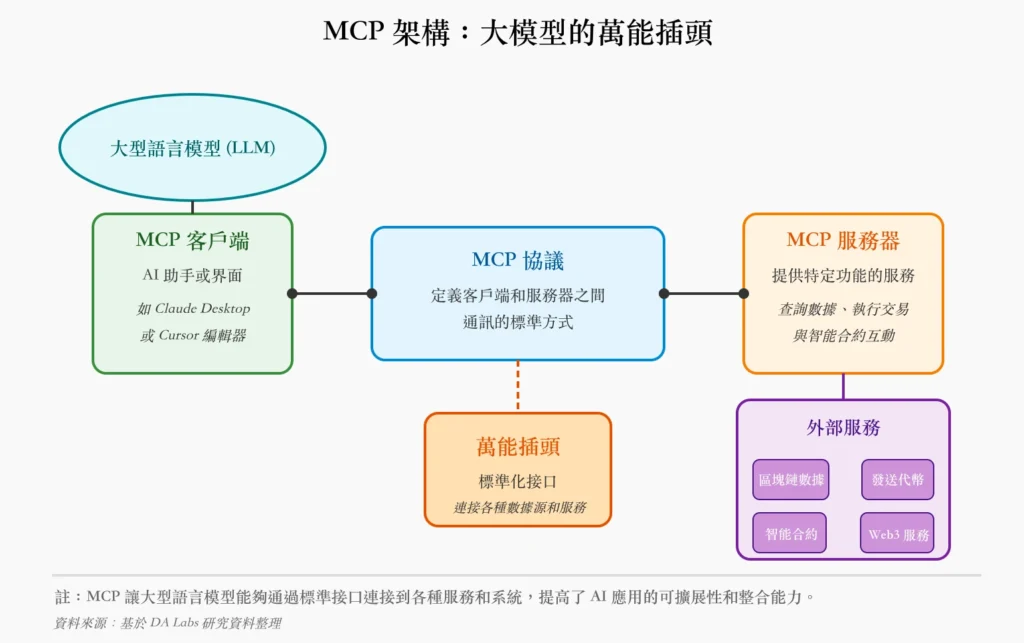
MCP Applications in the Web3 World
The complexity of the Web3 ecosystem has always been a gap difficult for ordinary users to cross. From choosing an appropriate wallet, understanding the gas fee mechanism, to participating in on-chain operations, each step requires prior knowledge. The emergence of MCP is a powerful tool to change this situation, with two application directions highlighted below:
Smart Wallet Management and Cross-Chain Operations
Traditionally, managing multi-chain assets requires using different wallets and interfaces, with high switching costs and potential errors. The MCP-integrated smart wallet system aggregates multi-chain assets through a single interface, allowing users to optimize asset allocation through conversation.
For example, when a user asks, "How should my investment portfolio be optimized?" the MCP-driven system can analyze the current asset distribution and consider current market conditions, user risk preferences, and on-chain data trends to provide corresponding and customized asset allocation recommendations. The system can also help users understand the logic behind these recommendations, making the decision-making process more transparent. This application direction is particularly suitable for products like UniversalX, which use chain abstraction technology to create a single interface, making the product more sophisticated.
Adaptive DeFi Participation Mode
The DeFi ecosystem has always had a high participation threshold - users need to understand complex concepts like lending rates, Impermanent Loss, and collateralization ratios. The emergence of MCP creates the possibility of "adaptive participation", meaning the system will automatically adjust the interface complexity based on the user's experience level, risk tolerance, and financial goals.
For DeFi newcomers, the system provides simplified operation options and detailed risk explanations; for experienced users, the system can offer advanced strategy options and in-depth market analysis. This adaptive approach ensures that everyone from complete beginners to professional traders can obtain the most suitable experience.
Web3 and MCP-Related Projects
APRO
APRO is one of the most comprehensive projects in Web3 and MCP applications, with the project team's goal being to build a complete solution from data security to real-time verification. Unlike projects that simply provide MCP servers, APRO's technical architecture is multi-layered:
- Framework Layer: Collaborating with DeepSeek, ElizaOS, Virtuals to provide development support for AI Agents
- Technical Layer: Integrating key technologies such as BNB Greenfield, Phala Network, and Mind Network to build secure infrastructure
- Protocol Layer: Establishing trusted data pipelines through ATTPs and AI Oracle
APRO's dual-engine architecture of ATTPs and AI Oracle is one of their key moats. ATTPs (Agent Text Transfer Protocol Secure) is the world's first blockchain-based AI data transfer protocol, ensuring data integrity and verifiability through multi-layer verification mechanisms (zero-knowledge proof, Merkle tree, blockchain consensus). The AI Oracle serves as a "real-time fact-checker" for LLMs, addressing the pain point of models like GPT being unable to obtain real-time reliable information.
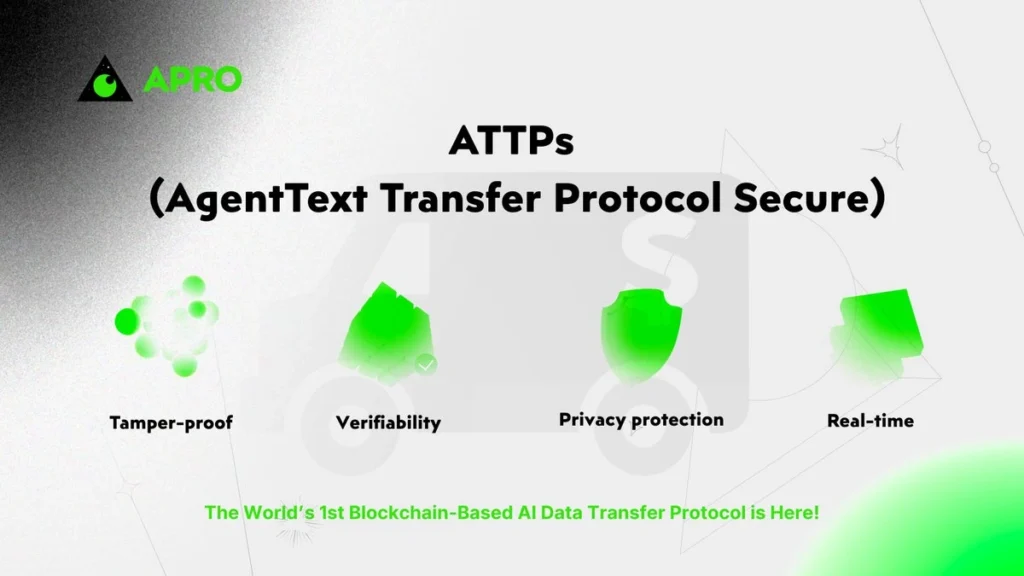
Another advantage of APRO is its integration with BNB Greenfield. BNB Greenfield is a decentralized storage network where you can freely create, store, and exchange data, seamlessly integrated with BNB Smart Chain, giving data rights back to users.
You can imagine the application of APRO with BNB Greenfield: AI Oracle collects data from multiple sources → ATTPs encrypts and transfers data to Greenfield for storage. There are three key capabilities:
- Decentralized data storage: All raw data is directly stored on Greenfield, ensuring accessibility and protection under decentralized storage principles
- Proof generation and verification: Raw data is stored on Greenfield, with corresponding proofs generated and stored on BNB Chain via smart contracts
- Smart contract integration: The protocol implements complex smart contracts on BNB Chain to handle proof verification submitted by source agents
This architecture provides data integrity and reliability for AI applications in the blockchain world, which is the direction APRO is currently developing.
Flock.io
Flock.io is an on-chain AI training platform, with its unique solution to MCP centralization issues. While MCP provides a standardized interface, most implementations rely on centralized AI models (like Claude, GPT) to process requests. Flock provides a fully local Web3-specific AI Agent. This design has three major advantages:
- Privacy protection: User data and requests do not need to be transmitted to third-party servers, eliminating privacy leakage risks
- Computing autonomy: Computation occurs on the user's own device, reducing dependence on central servers
- Personalized optimization: Local models can continuously optimize and personalize based on user usage patterns
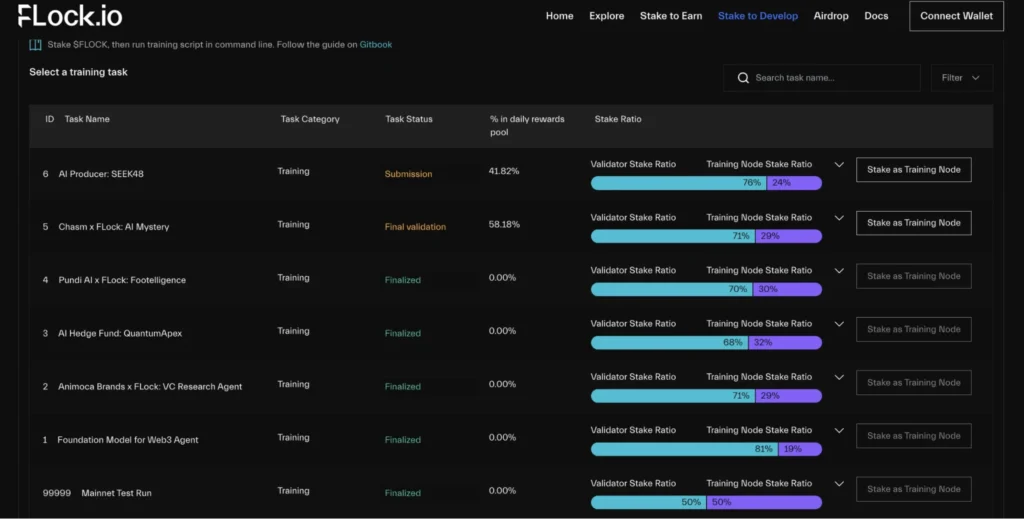
By integrating with Base MCP, Flock allows users to seamlessly interact with the Base blockchain through its local AI Agent while maintaining data privacy and security. Additionally, Flock's accuracy in calling Base MCP API reaches 75.93%, a level currently unmatched by similar models, particularly suitable for complex Web3 operational scenarios.
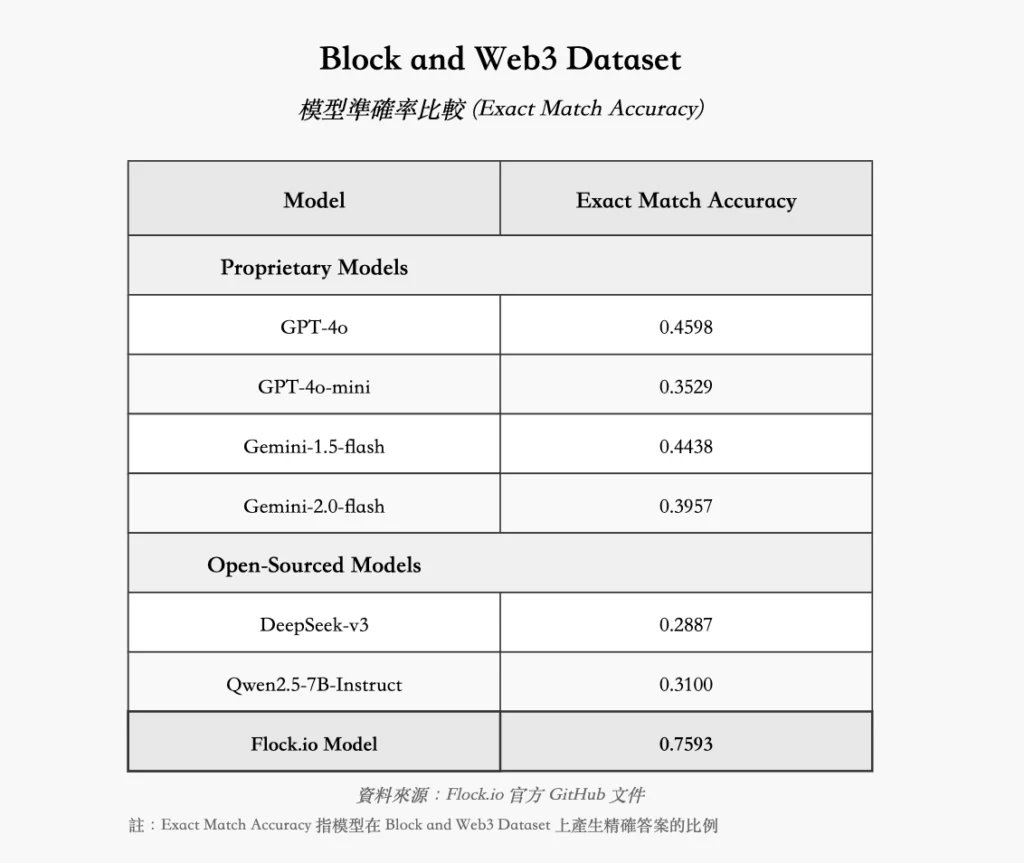
SendAI
SendAI is primarily developing and promoting the Solana Agent Kit, an open-source toolkit that makes it easier to connect AI Agents to Solana. The project often builds and promotes AI-driven apps on Solana. The goal is to promote the development of autonomous AI Agents that can interact with blockchain protocols, thereby enhancing the functionality and automation level of the Solana ecosystem.
Recently, SendAI's MCP also integrated the Cline AI assistant, allowing users to directly "chat" with the Solana blockchain. It's like giving AI a translator that can understand and operate everything in the blockchain world.
For Cline, an AI coding assistant already used by over a million people, this is a great expansion. Previously, Cline could only help write code. Now, users can use over 100 tools and functions specifically designed for Solana, enabling AI to not just write code, but also directly read data, execute transactions, and even develop applications on the blockchain.
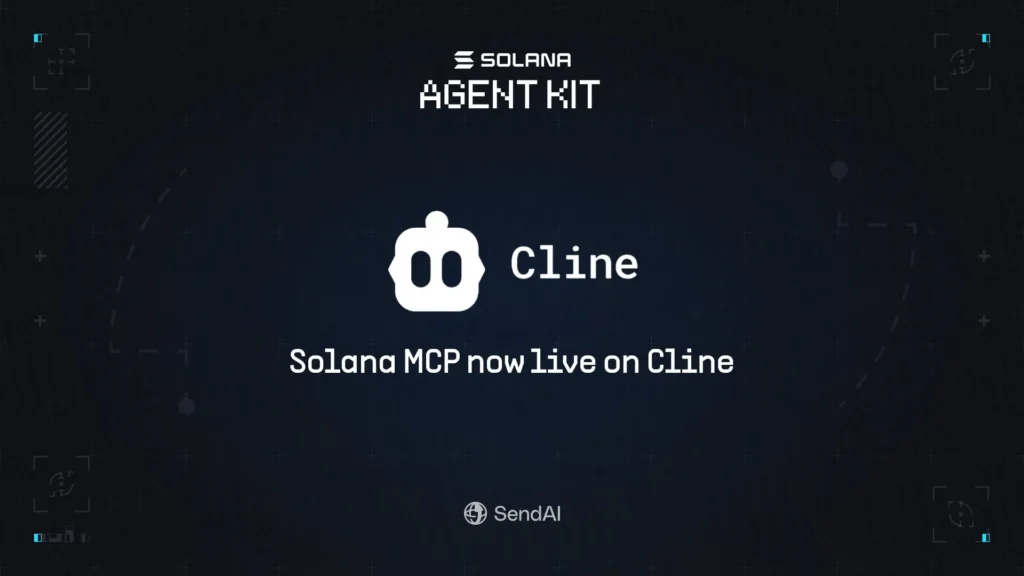
SendAI recently hosted an MCP competition with several promising projects that interested readers might want to explore.
This report is for information sharing purposes only and does not constitute any form of investment advice or basis for decision-making. The data, analysis, and perspectives cited in the text are based on the author's research and public sources, and may involve uncertainties or be subject to change at any time. Readers should make investment judgments cautiously based on their own circumstances and risk tolerance. For further guidance, it is recommended to seek professional advisory opinions.





